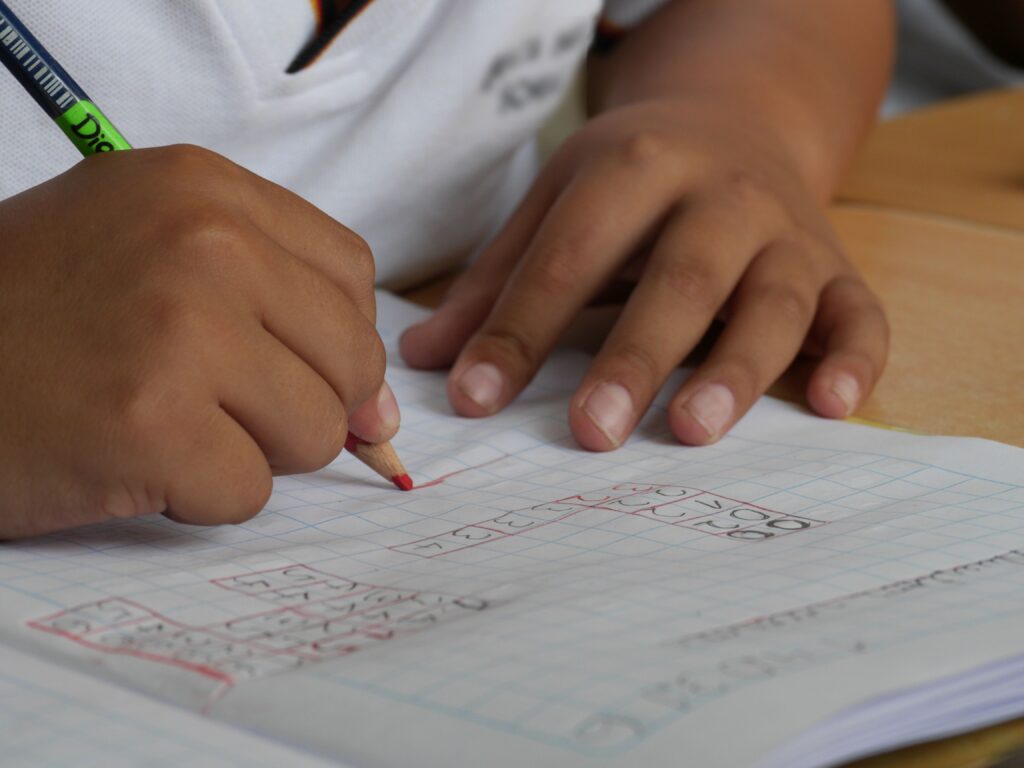Participation is one of the oldest and most dominant narratives in education. While participation is not necessarily a bad thing, it has been used in ways that reinforce some of the inequalities and injustices our society experiences. The most obvious example is that participation has historically been used as a measuring stick for how well students are learning—and who they are when they leave school. As educators, we must be careful to shift the narrative in education from “how much?” (participation) to “how well?” (cultivation).

Cultivation
Cultivation is the process of cultivating, growing, and developing. In education, cultivation refers to the development of students’ dispositions and character traits through their experiences in the classroom (and beyond). Cultivation involves more than simply teaching content; it also involves helping students develop their intellectual skills such as critical thinking and problem-solving.
The social context plays a role in cultivation because it provides opportunities for reflection on one’s identity as well as others’ identities within society. Relationships are key components of a healthy culture where people feel valued for who they are regardless of whether or not they fit into certain categories based on race/ethnicity, gender identity/sexual orientation, etc. The physical space where learning takes place should be inviting so that when students arrive at school each day they feel safe enough to ask questions without fear of judgment from peers or teachers who may not understand their background enough yet themselves!
We also need to look at education in terms of how much information we through at our kids, but more along the lines of how much did they master? There’s no reason students are constantly suffering from regressions and slides. It’s time to develop deeper roots in learning beyond the surface level of participation.
Participation
Participation is not the same as cultivation. Cultivation requires a focus on learning, which means that participation must be intentional and purposeful. Participation cannot be an end in itself; it must be part of a larger strategy for improving outcomes for all students. Participation alone will not solve inequity or increase equity–it must be paired with other strategies that address the underlying issues at play, such as access to resources or systemic racism and classism in our society today.
Relationships
Relationships are the most important part of education. Relationships are the most important part of life, and they’re definitely the most important thing you can do to be a good person. The more relationships you have with other people, the better off your life will be. In the field of education, relationships should be cultivated and significantly assist in cultivating learning environments and addressing needs. When you know who you are serving (the student population) there is an innate desire to provide that safe space for them.
It is the responsibility of educators to create that safe space, and this can only be done through intentional relationships with students. It is also important to note that a relationship does not need to be built upon friendship; it just needs to be respectful.
This may seem obvious, but it is important to note that relationships are built through the actions of people. It’s not enough to simply say that you have a relationship with someone; you must show them what your intentions are and how they can benefit from knowing you. (I’ll write another article on intentions another day, there is SO much I want to share on how teachers and administrators show up for students.)
New narratives are needed to deepen our understanding of participation.
It’s time to shift the narrative. We need to move beyond participation and cultivation, and all of their associated dichotomies.
We need new stories that reflect what’s happening in schools today–stories that don’t pit teachers against students and recognize that all learners are capable of participating in meaningful ways, regardless of their backgrounds or circumstances.
Participation is a key concept in the field of education, and it has been for some time. But we need to think more critically about how participation is defined and how it works in practice, especially as we move toward a more inclusive society that values diversity, equity, and inclusion. Participation can be seen as something passive or even meaningless–just showing up at school or engaging with content without really being engaged by it. However, participation can also be understood as cultivation: an active process of learning through relationships with others and environments that stimulates engagement with new ideas and experiences. In this way, participation becomes much more than just something we do because it feels good; instead, it’s tied closely together with who we are as human beings living on Earth today (or tomorrow).
